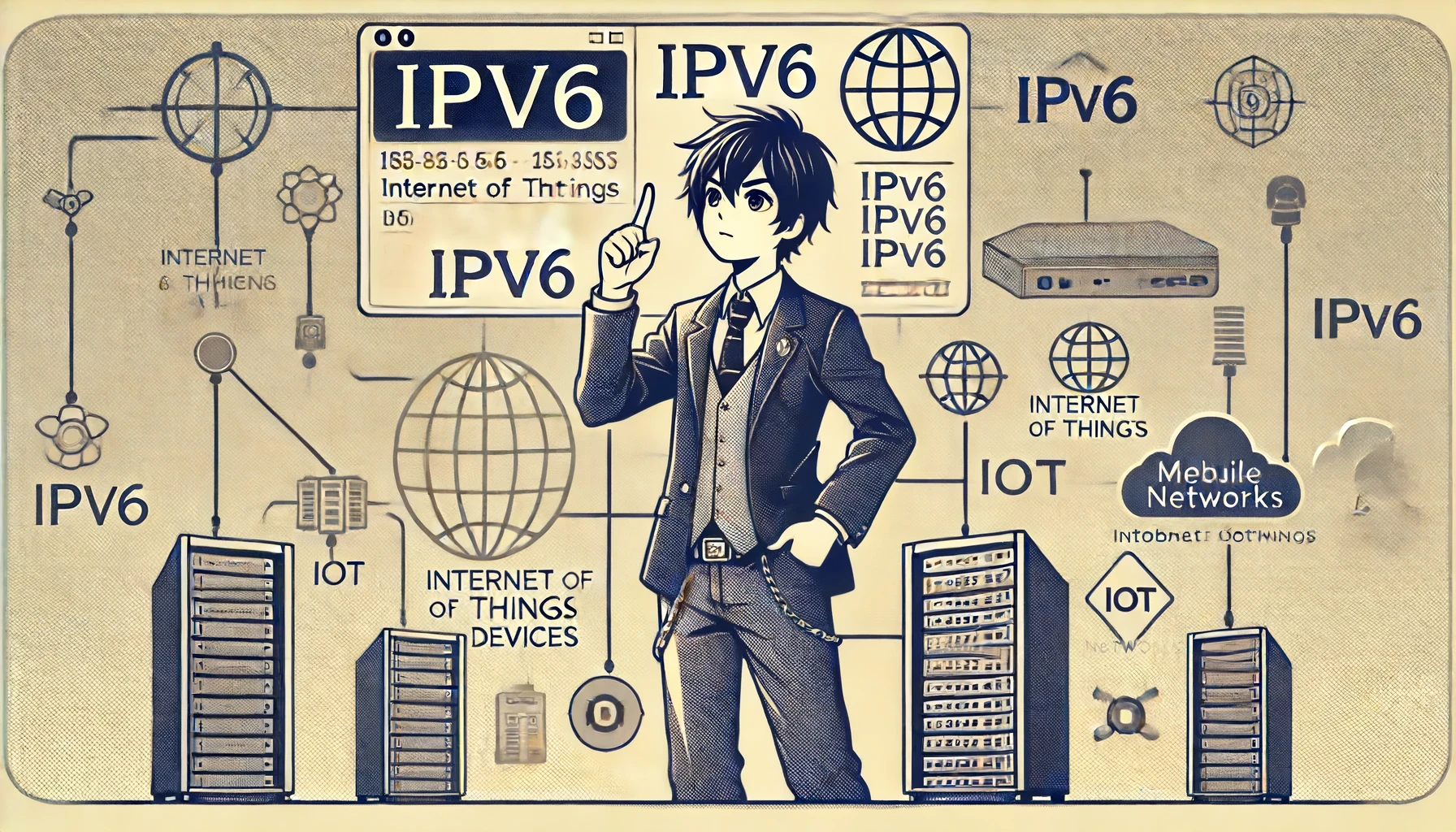What Is IPv6 and How Is It Used?
15 черв. 2024 р.

IPv6, or Internet Protocol version 6, is the most recent version of the Internet Protocol (IP), which is the communication protocol that provides an identification and location system for computers on networks and routes traffic across the Internet. Developed by the Internet Engineering Task Force (IETF), IPv6 was designed to replace IPv4, the previous version of the protocol, due to the limitations of IPv4 address space.
Key Features of IPv6
Larger Address Space
IPv6 uses 128-bit addresses compared to the 32-bit addresses used by IPv4. This provides a vastly larger number of unique IP addresses, approximately 3.4×10383.4 \times 10^{38}3.4×1038 addresses, compared to the 4.3×1094.3 \times 10^94.3×109 addresses available in IPv4. This expansion is crucial to accommodate the growing number of devices connected to the Internet.
Simplified Header Format
The header of IPv6 is more efficient than that of IPv4, which improves routing efficiency. It is simpler and more streamlined, reducing the processing time needed by routers.
Improved Security
IPv6 was designed with security in mind. It includes IPsec (Internet Protocol Security) as a fundamental component, which provides end-to-end encryption and authentication.
Better Support for Quality of Service (QoS)
IPv6 supports flow labeling, which allows for better handling of traffic with specific requirements, such as real-time audio and video.
Enhanced Multicast and Anycast Abilities
Multicast and anycast address types are more efficiently handled in IPv6, improving performance for streaming media and other bandwidth-intensive applications.
Uses of IPv6
Internet of Things (IoT)
The vast address space of IPv6 makes it ideal for the Internet of Things (IoT), where potentially billions of devices need unique IP addresses to connect and communicate.
Mobile Networks
IPv6 is well-suited for mobile networks, providing improved autoconfiguration and better support for mobile devices' roaming capabilities.
Direct Addressability and Peer-to-Peer Applications
With IPv6, each device can have a unique address, simplifying peer-to-peer applications and direct communication between devices without the need for NAT (Network Address Translation).
Improved Network Efficiency
The streamlined header and improved routing capabilities of IPv6 lead to more efficient network operations, reducing latency and improving overall performance.
Security Enhancements
With built-in support for IPsec, IPv6 enhances network security, making it more difficult for malicious actors to intercept or tamper with data.
Transition from IPv4 to IPv6
The transition from IPv4 to IPv6 is ongoing, with many networks running dual-stack implementations that support both protocols. This gradual transition allows for compatibility and continued communication between IPv4 and IPv6 devices.
Dual-Stack Implementation: Running both IPv4 and IPv6 on the same network to ensure compatibility and a smooth transition.
Tunneling: Encapsulating IPv6 traffic within IPv4 packets to traverse IPv4 networks.
Translation: Translating between IPv4 and IPv6 to allow communication between the two protocols.
Conclusion
IPv6 addresses the limitations of IPv4 by providing a vastly larger address space, improved efficiency, enhanced security, and better support for modern network requirements. As the number of Internet-connected devices continues to grow, the adoption of IPv6 is essential to ensure the scalability, security, and performance of the global Internet infrastructure.
For more detailed information about IPv6 and its uses, you can refer to resources such as the Internet Engineering Task Force (IETF), IPv6.com, and RIPE Network Coordination Centre.
EzUptime is a simple yet efficient Uptime Monitoring service
Learn more
